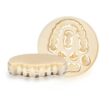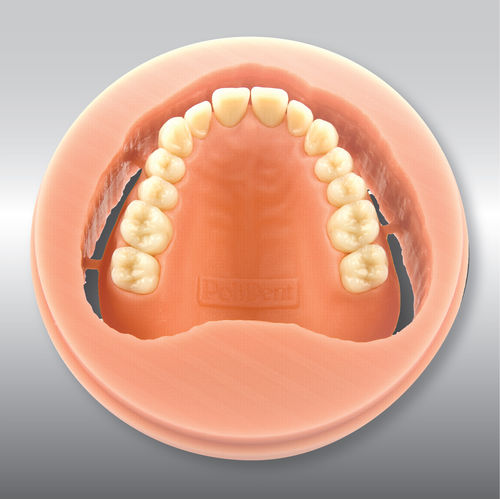Within the trendy church band context, auxiliary percussion refers back to the percussion devices that aren’t a part of the same old drum set. They might due to this fact embrace congas, cowbells, shakers, bar chimes, bongos and all that. Some church buildings embrace auxiliary percussion within the band even when they have already got a drummer on the drum package. Different church buildings might, due to area, funds or noise constraints, select to make use of auxiliary percussion to switch the common drum set.
In each circumstances, auxiliary percussion can enormously add the individuals’s worship expertise if used accurately. They may also be an irritating distraction if not used accurately.
Earlier than you’ll be able to perceive the proper use of the auxiliary percussion devices, you might want to acknowledge that there are two most important instrument teams. They’re:
1) the groove devices – devices which might be used to create a constant rhythm. This group consists of the congas, tambourines and shakers.
2) The atmosphere devices – devices which might be used sparingly for the sake of atmosphere. This group consists of the bar chimes, rain sticks, or perhaps a roll on the cymbals performed with the mallets.
From this we will already see the most typical downside, making an attempt to make use of the atmosphere devices as a part of a constant groove. A mallet roll on the cymbals each two counts, for instance, when it needs to be used solely as a fill a couple of times in a tune, or taking part in the bar chimes frequently for 3 or 4 bars of the refrain, are prime examples of this sort of mistake.
The opposite widespread downside is when individuals taking part in the groove devices don’t match their taking part in into the construction of the tune. They find yourself pounding away mindlessly whether or not they’re on the verse, refrain or ending of the tune.
Please plan your components. In case you are taking part in the tambourine, for instance, making an attempt taking part in the tambourine on the second and fourth rely, or perhaps simply the fourth rely, throughout the verse. Within the pre-chorus, play it on the second and fourth rely however slightly louder. And whenever you get to the refrain, you’ll be able to shake it to an eighth-beat (quaver) sample in case you are holding the tambourine in your hand. In case you are not, you’ll be able to proceed tapping it as earlier than however add in a shaker half along with your different hand. That is an instance of planning your components in line with the construction of the tune.
The third downside will not be maintaining the groove components constant. This will come up from an absence of talent or as a result of the participant is bored and making an attempt to make the components musically attention-grabbing by altering the beat each bar. Please don’t try this. It catches the eye of the congregation, and even at a unconscious stage that may be a distraction. Even in secular music the acclaimed percussionists like Alex Acuna hold their groove components constant. There’s a lesson for us in that.
Lastly, crucial piece of recommendation: sing together with the tune. All the time. I see percussionists in church with their eyes and mouths closed, grimacing and straining intently to really feel the tune as they play. There is not any want for that. Enjoying auxiliary percussion for worship is straightforward for those who sing along with the congregation and let your singing information you in your selection of notes.
In conclusion: auxiliary percussion, whether or not it’s used along with a drum package or by itself, has nice potential to boost the worship expertise of the individuals of God. Comply with the rules right here and you’ll higher make the most of that potential for the glory of God and the blessing of his individuals!








